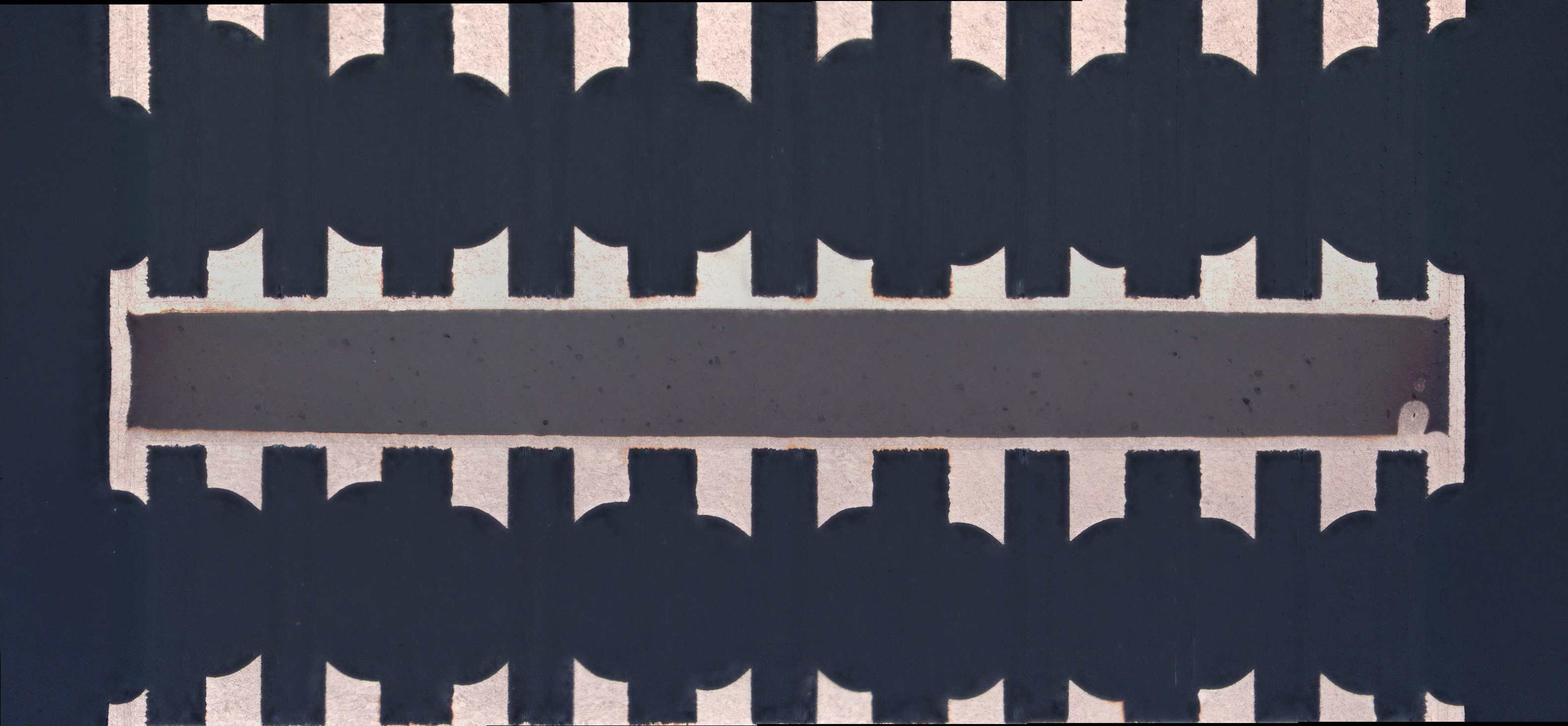




























The Plated Through-Hole (PTH) is a key structure in a PCB (Printed Circuit Board) for conductive connections between layers.

| Project Background
The Plated Through-Hole (PTH) is a key structure in a PCB (Printed Circuit Board) for conductive connections between layers.
| Project Overview
Commonly used detection methods for PTHs include:
(1) Cross-Section analysis
Steps:
Sampling: Cut the PCB area containing the target hole.
Mounting: Encapsulate the sample with resin.
Grinding and polishing: Prepare a smooth cross-section.
Microscopic observation: Use a metallographic microscope or SEM (Scanning Electron Microscope) to inspect the quality of the hole wall plating.
Applicable standards:
IPC-TM-650 2.1.1 (Cross-Section preparation method)
IPC-A-600 (PCB acceptance standard)
(2) Backlight inspection
Check the continuity of the copper plating on the hole wall through the light-transmitting inspection, which is suitable for quickly screening defects.
| Test Objective
1. Evaluate the thickness, uniformity and integrity of the copper plating on the hole wall.
2. Measure whether the coating thickness meets the standards (such as IPC-6012, IPC-A-600).
3. Check for defects such as copper cracks, voids, separations, and (excessive) wicking in the holes.
| Testing Standards
IPC-6012: Performance specification for rigid PCBs
IPC-A-600: Acceptability standard for PCBs
IPC-TM-650 2.1.1: Manual and semi-automatic sectioning methods
QJ 832B Test methods for multi-layer printed circuit boards for aerospace use
QJ 519A Test methods for printed circuit boards
QJ 831B General Specification for Multilayer Printed Circuit Boards for Aerospace Use
| Service Products / Fields
Related products: PCB FPC
Fields involved: consumer electronics, automotive electronics, aerospace electronics.
| Project Advantages
1. Professional Team: A team of highly experienced testing engineers and technical experts.
2. Advanced Equipment: Equipped with internationally leading testing instruments to ensure accuracy and reliability of results. High accuracy and precision, strong applicability, and a solid foundation in methodology.
3. Efficient Service: Rapidly respond to customer needs and provide one-stop, high-efficiency inspection services.
4. Authoritative Certification: The laboratory is certified by ISO/IEC 17025, ensuring that test reports have international credibility.